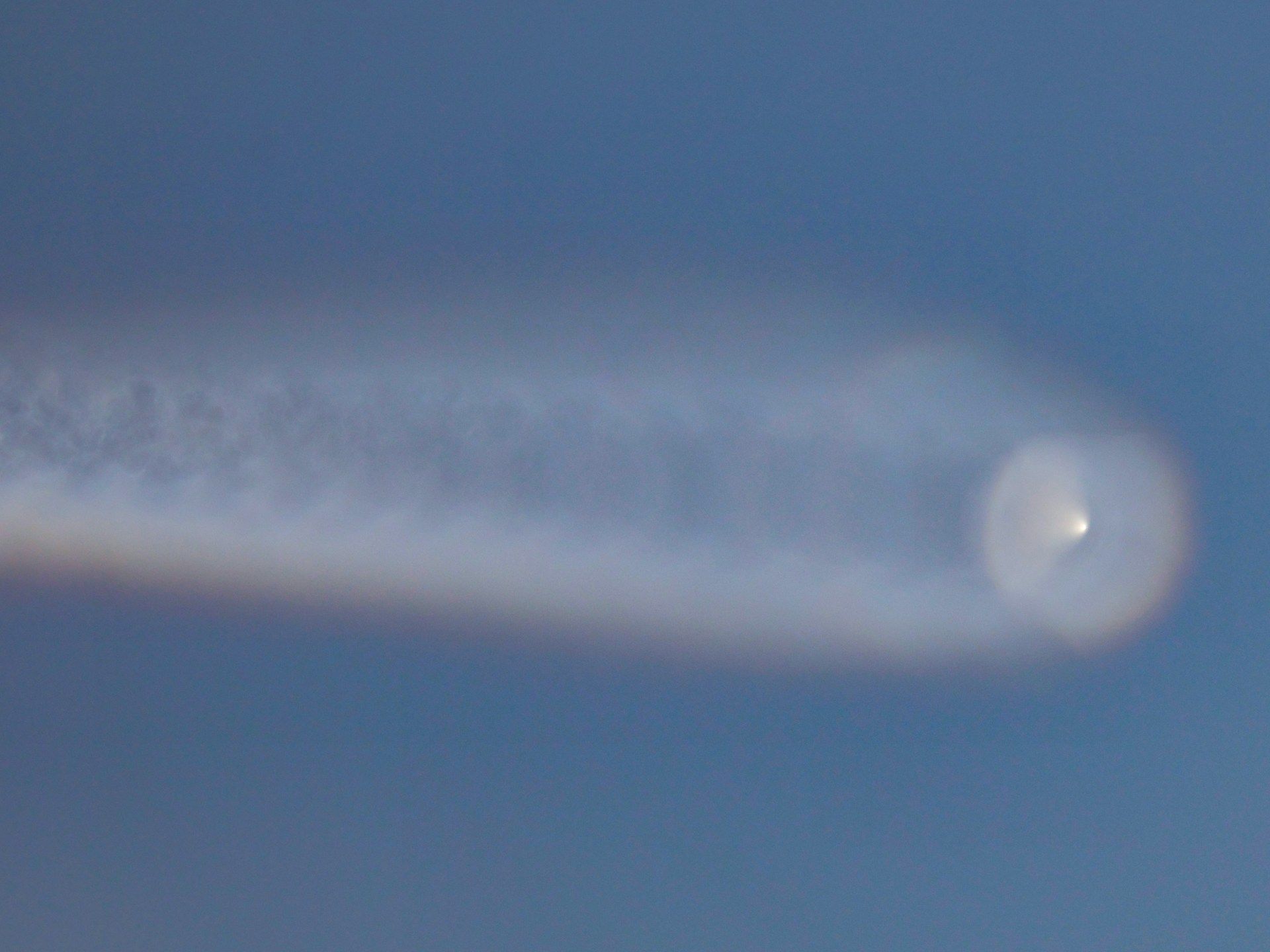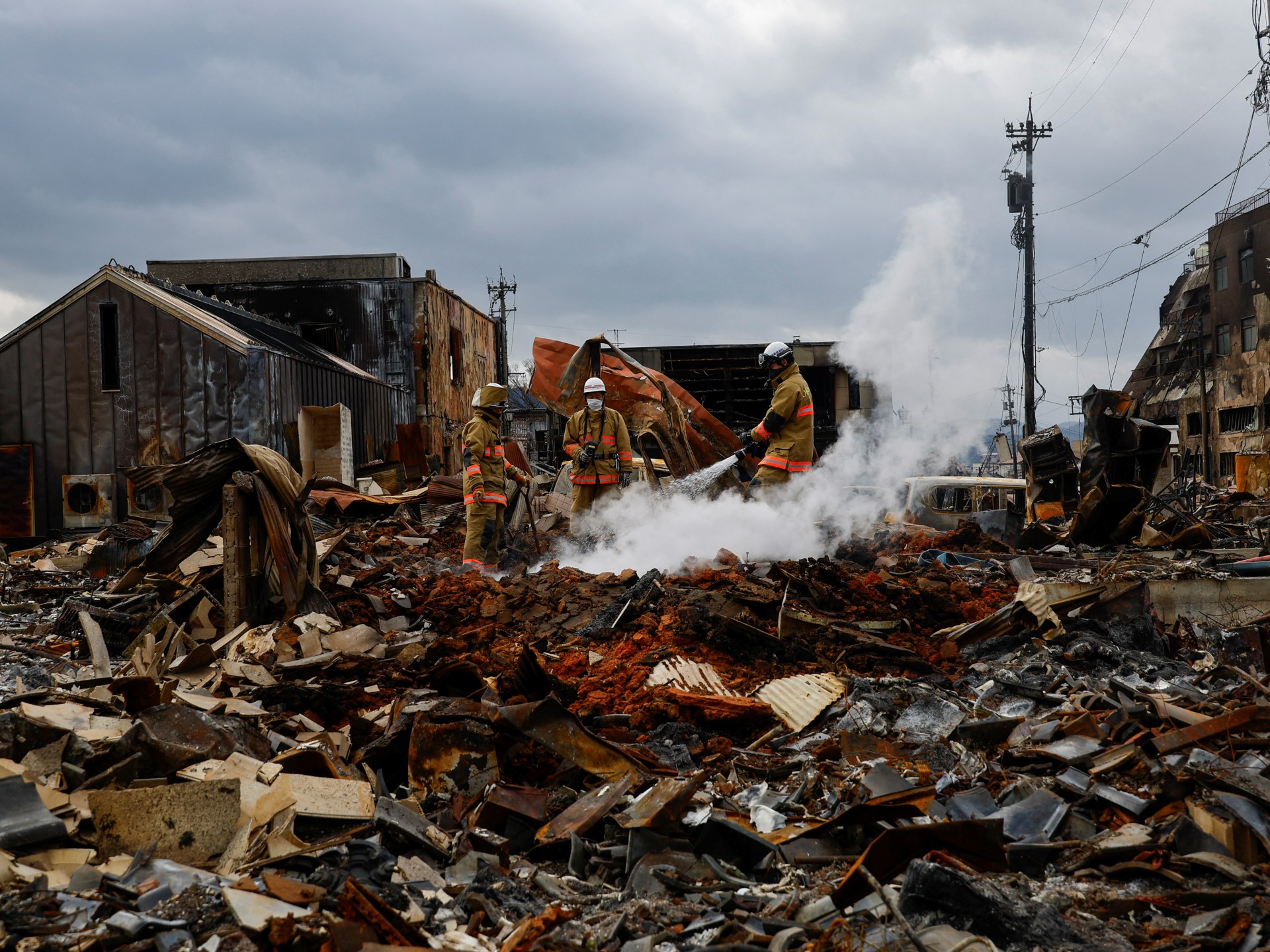North Korean leader Kim Jong Un announced plans in 2021 to develop technologically advanced weapons, including hypersonic missiles.
North Korea may have launched a hypersonic missile, South Korea said, as intelligence agencies investigated a ballistic missile test that failed early Wednesday.
South Korea's Joint Chiefs of Staff (JCS) said the test took place around 5:30 a.m. (20:30 GMT Tuesday) and originated in the area around Pyongyang.
Japan also detected the launch and the Defense Ministry said the weapon reached an altitude of about 100 kilometers (62 miles) and flew east for more than 200 kilometers (124 miles).
A JCS official later told reporters on condition of anonymity that the military was considering the possibility that the weapon was a hypersonic missile, noting that it exploded in mid-air over waters off North Korea's east coast.
The official told Yonhap news agency that there appeared to be more smoke than during previous launches, raising the possibility of combustion problems. It also appeared to be a solid-fuel missile, the official added.
The latest missile test came days after North Korea signed a comprehensive strategic cooperation treaty with Russia and as the US aircraft carrier Theodore Roosevelt arrived in Busan to take part in joint military exercises with South Korea and Japan.
North Korean leader Kim Jong Un announced in 2021 that he wanted to modernize his country's military and revealed plans to develop a series of technologically advanced weapons systems, including a hypersonic missile.
These missiles are considered more difficult to detect because they can travel at speeds five times the speed of sound and are designed to be maneuverable, posing a challenge for regional missile defense systems.
Pyongyang said in March that it had successfully tested a solid-fuel engine for a new type of hypersonic intermediate-range missile (IRBM), and the following month reported that Kim had supervised the testing of that IRBM, which it called the Hwasong-16B.
Tensions in the region have risen as Kim has accelerated North Korean tests of missiles and other weapons. The United States and South Korea have responded by expanding their combined training and trilateral exercises with Japan's participation, and sharpening their deterrence strategies.
North Korea earlier this week criticized the Theodore Roosevelt deployment and warned of a “new and overwhelming display of deterrence.”
It has also been bolstering its defenses along the border with South Korea after suspending a 2018 military agreement with South Korea that was supposed to reduce tension. He has also sent more than 1,000 garbage-filled balloons to the south in retaliation for balloons carrying leaflets criticizing Kim's government that were brought to North Korea by activists.
For its part, Seoul also suspended the military agreement and resumed some propaganda broadcasts from loudspeakers along the border.












